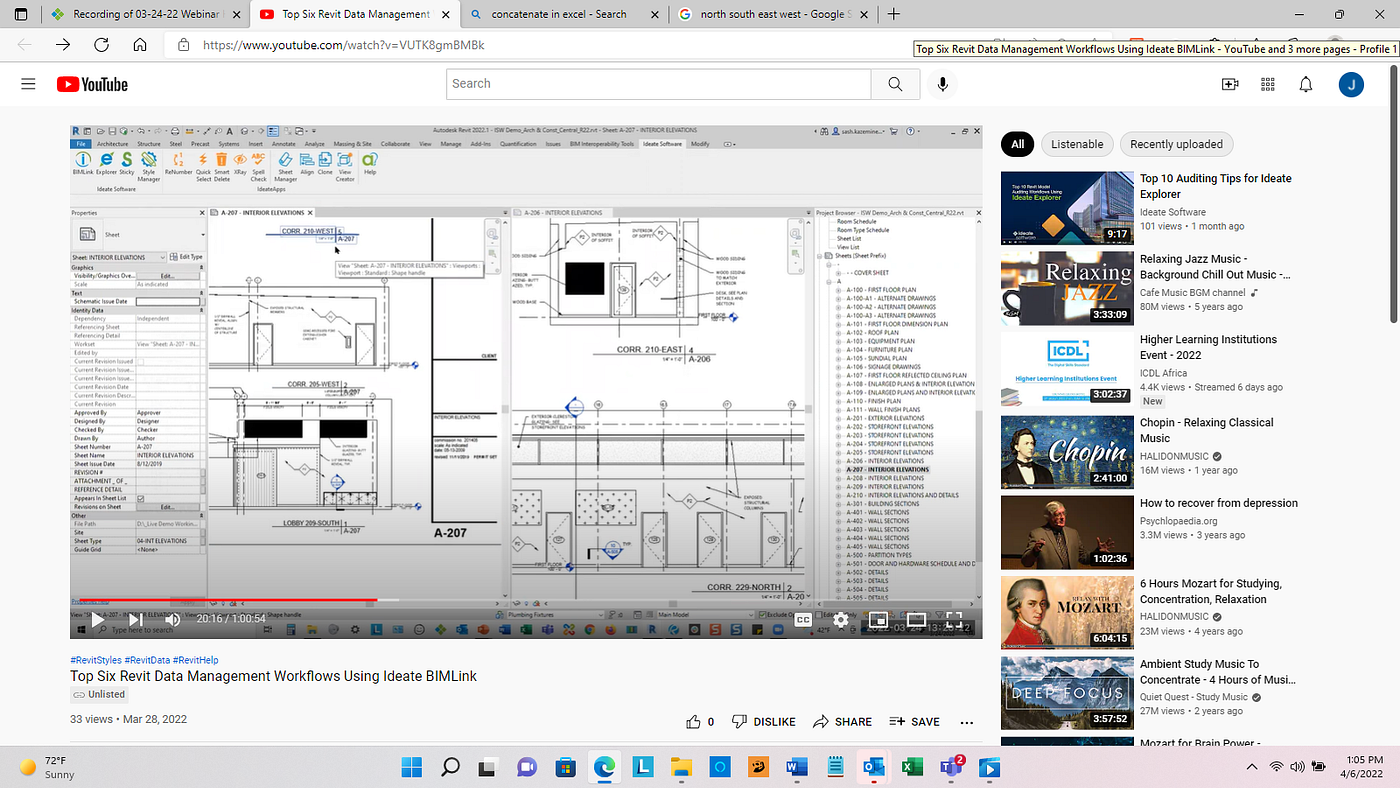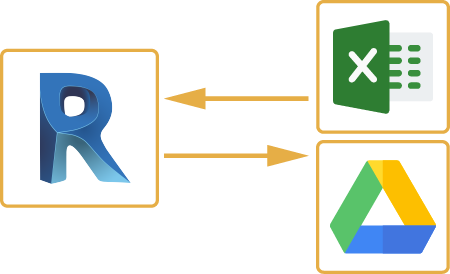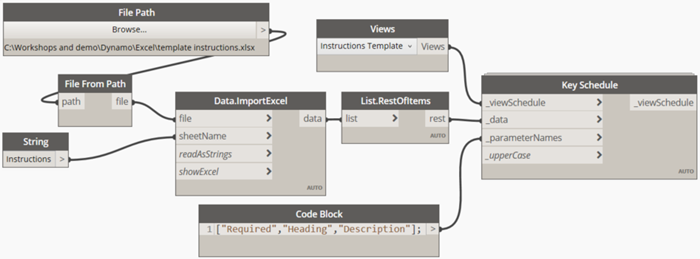Revit Plugins and Tools: Enhancing Your BIM Experience
Wiki Article
Understanding the Art of Data Assimilation: How to Seamlessly Import Excel Info Into Revit
In this short article, we will certainly direct you through the procedure of understanding the art of data assimilation. Get all set to prepare your Excel information effortlessly and follow our step-by-step guide to import files into Revit. With our finest techniques, you'll attain data integration success in no time.Recognizing the Relevance of Data Integration in Revit
Comprehending the value of data assimilation in Revit is crucial for seamless importing of Excel data. It allows you to effectively update and take care of details throughout the whole task when you integrate data from Excel right into Revit. This integration guarantees that your layout and construction procedure is precise and updated.By integrating data, you can quickly import and upgrade parameters, routines, and even geometry in Revit. This eliminates the need for manual information access, saving you time and reducing the threat of errors. With Revit's data assimilation abilities, you can keep uniformity and precision in your task, while additionally improving cooperation amongst team participants.

Exploring the Excel Data Layout for Revit Integration

In order to efficiently integrate Excel data into Revit, it is important to ensure that the data is formatted appropriately. This includes appropriately classifying columns and rows, as well as structuring the data in such a way that works with Revit's information schema. Revit uses specific specifications and groups to organize data, so it is necessary to straighten the Excel information with these parameters to make sure a smooth integration.
Additionally, it is very important to note that Revit just supports specific information kinds when importing from Excel. These consist of text, numbers, and dates. Any type of various other data types, such as formulas or conditional format, will not be recognized by Revit and might trigger issues throughout the integration process.
Preparing Your Excel Information for Seamless Import Into Revit
To make certain a smooth integration process, you'll require to correctly layout and label the columns and rows in your Excel information before importing it into Revit. This action is crucial since it enables Revit to precisely interpret and organize your information. Begin by analyzing your Excel data and determining which rows and columns have relevant details for your Revit job. After that, see to it to label each column with a clear and descriptive header. This will certainly aid you and others conveniently understand click now the function of each column and stay clear of confusion during the import process.Following, make certain that the information in each column is properly visit here formatted. As an example, if you have a column for dimensions, see to it that all dimensions are regularly formatted in the exact same units of measurement. Revit counts on constant formatting to accurately interpret and import data.
Additionally, it is very important to examine for any kind of vacant cells or variances in your data. Revit may not be able to review or import information from cells that are empty or include errors. For that reason, it is recommended to assess your Excel information and tidy up any inconsistencies prior to importing it into Revit.
Step-By-Step Overview to Importing Excel Data Into Revit
When you've effectively formatted and identified your Excel data, you can conveniently import it into Revit by following this step-by-step overview. To begin, open Revit and browse to the "Insert" tab. Click on "Import CAD" and pick "Import Excel" from the dropdown food selection. A brand-new window will show up, asking you to locate the Excel documents you wish to import. Surf your computer and select the Excel data, then click "Open."Next, a dialog box will certainly appear, enabling you to customize the import setups. Here, you can pick the worksheet you intend to import, define the variety of cells to import, and choose the ideal units for your information. As soon as you've made your options, click "OK" to continue.
Revit will currently display a sneak peek of your Excel information. Take a moment to make certain and review the preview that every little thing looks correct. If needed, you can make changes to the import setups by clicking on the "Setups" button.
Finest Practices for Information Assimilation Success in Revit
Make sure you follow these best practices to guarantee successful integration of data in Revit. First and primary, it is important to arrange your information in Excel prior to importing it into Revit. This means making certain regular naming conventions, appropriate formatting, and precise data representation. Next off, use Revit's built-in tools for information mapping. This will certainly permit you to match the columns in your Excel data with the corresponding criteria in Revit. Bear in mind the systems and information kinds when mapping the information, as any kind of inconsistencies can result in errors in the combination procedure.An additional crucial technique is to routinely verify and upgrade your information. additional hints As your job proceeds, it is important to maintain your Excel file approximately date with any kind of adjustments made in Revit. This will certainly help keep the precision and uniformity of your information across both platforms. In addition, take advantage of information validation tools within Revit to identify any errors or inconsistencies in the integrated information.
Last but not least, it is suggested to develop a clear process for information combination. This consists of specifying functions and duties, establishing a communication channel between employee, and developing a routine cadence for data updates and evaluations. By following these best techniques, you can guarantee a successful and seamless combination of information in Revit, inevitably improving the effectiveness and precision of your job.
Final Thought
In final thought, grasping the art of information integration is essential for smooth import of Excel submits right into Revit. Understanding the significance of information assimilation in Revit is the initial action in the direction of successful integration.When importing data from Excel right into Revit, it is essential to comprehend the file style and how it can affect the combination procedure (revit tool). Revit makes use of specific parameters and categories to arrange data, so it is essential to line up the Excel information with these parameters to make sure a seamless combination
Be conscious of the data and systems kinds when mapping the data, as any type of inconsistencies can lead to errors in the combination procedure.
In addition, make usage of data recognition devices within Revit to recognize any errors or inconsistencies in the incorporated data.

Report this wiki page